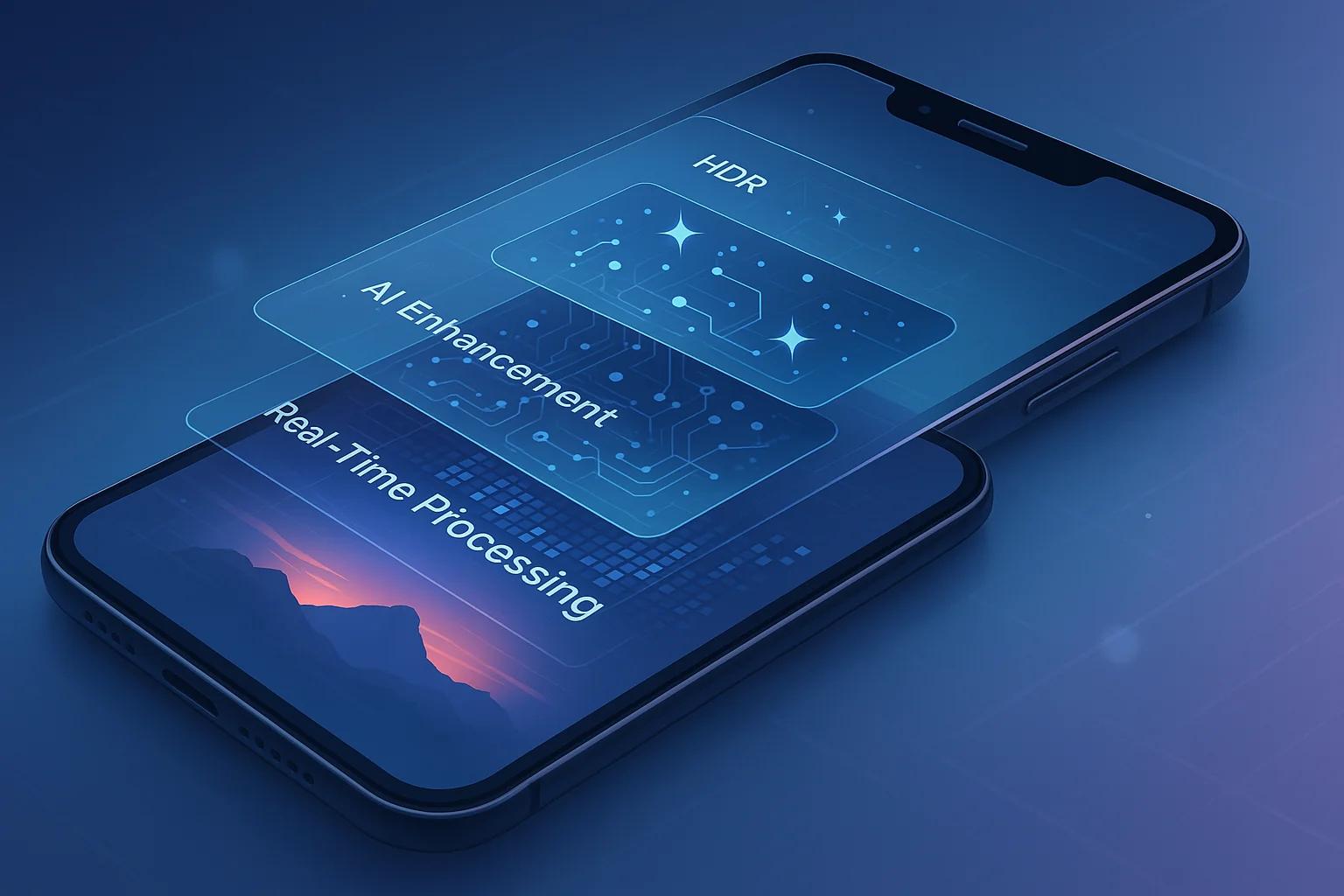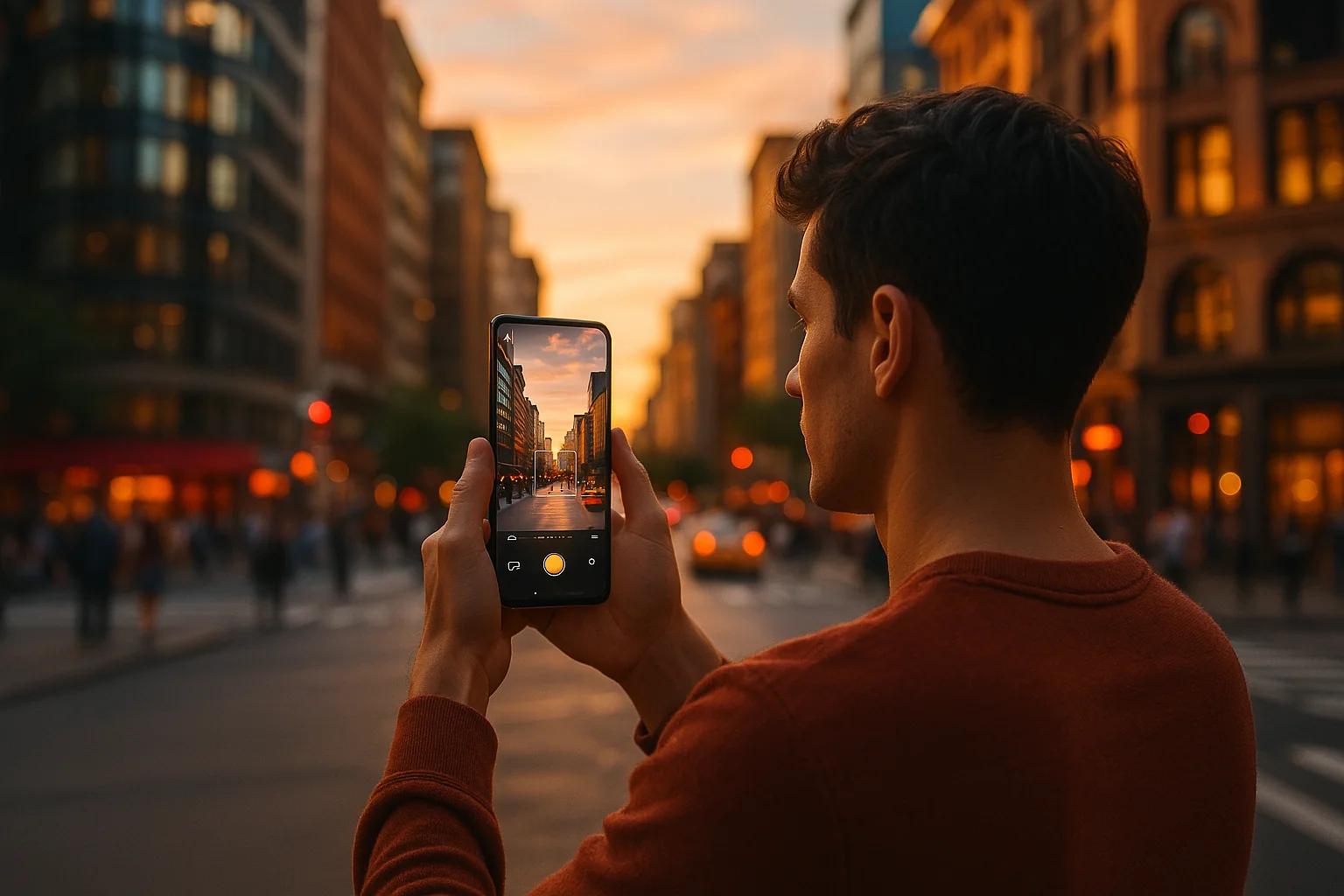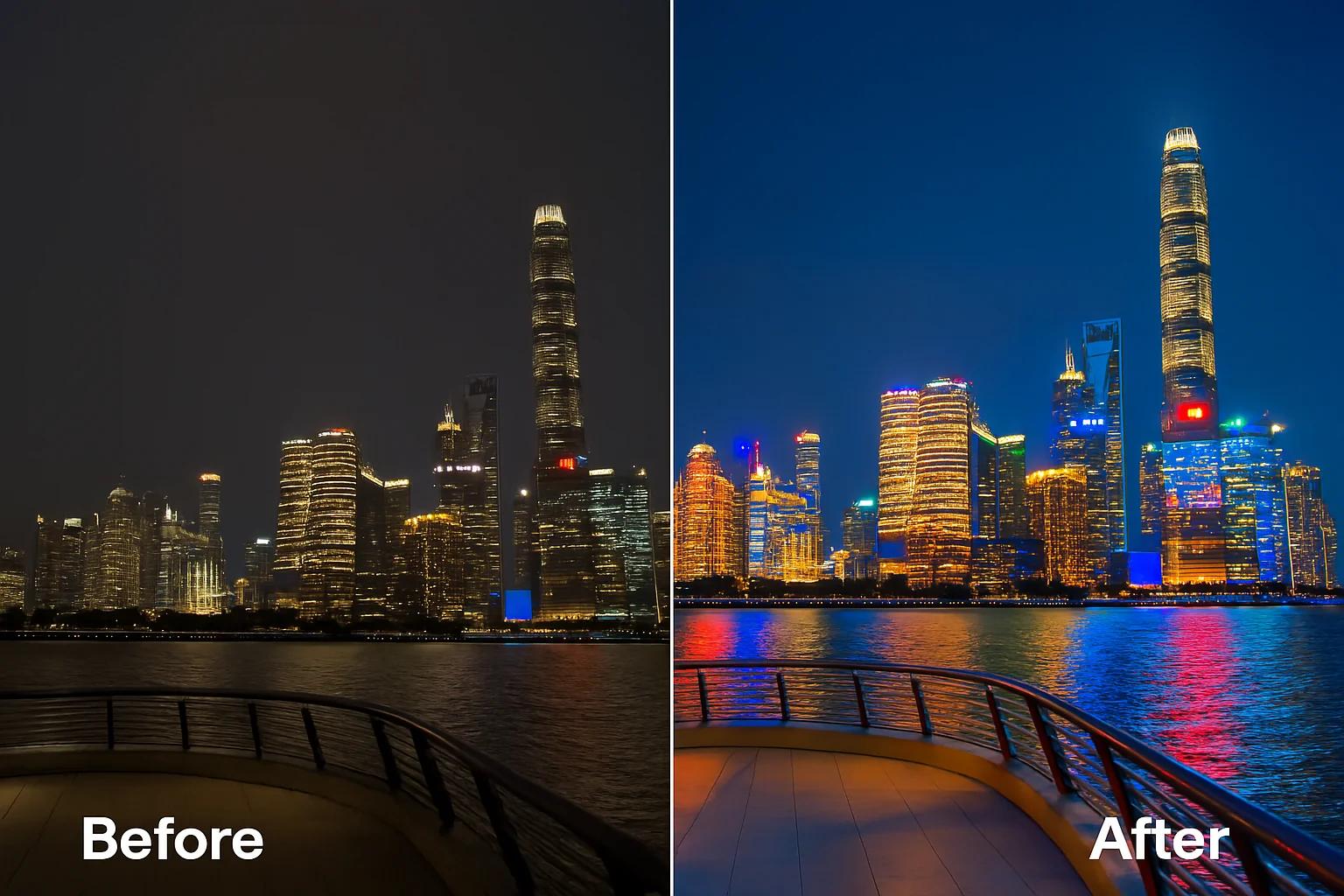AI-Powered Smartphones: How GPT-4o Transforms Mobile Photography in 2025

The convergence of artificial intelligence and smartphone technology is reaching a turning point with OpenAI’s GPT-4o—a multimodal model that is redefining how we capture and edit photos. This article explains how GPT-4o integrates advanced image generation into mobile devices to unlock unprecedented creativity, precision, and efficiency. We’ll explore its technical innovations, real-world applications, and the challenges that come with this breakthrough, providing a comprehensive guide for tech enthusiasts and everyday users alike.
The Evolution of AI in Mobile Photography
Smartphone cameras have come a long way—from simple sensors to sophisticated, AI-driven systems. Early advancements such as portrait mode and night photography laid the groundwork for today’s smart imaging. GPT-4o represents a quantum leap by unifying text, image, and audio processing in one system, enabling context-aware enhancements and real-time creativity (LearnOpenCV, 2025).
How GPT-4o Integrates into Smartphone Cameras

Technical Architecture
GPT-4o’s hybrid design combines an autoregressive transformer for generating visual tokens with a rolling diffusion decoder that converts these tokens into pixels. This innovative setup allows smartphones to:
- Process images on-device or via the cloud: Minimizing latency while maintaining quality.
- Leverage contextual data: Factors such as location, time, and user preferences are used to optimize every shot.
Real-Time Image Processing
By preprocessing images as they are captured, GPT-4o significantly reduces shutter lag. For instance:
- Low-Light Optimization: Enhances details and minimizes noise even before the photo is saved.
- Dynamic Composition: Uses scene recognition to adjust framing, ensuring balanced subjects and backgrounds (VentureBeat, 2025).
Contextual Awareness
GPT-4o also personalizes image editing by analyzing user behavior. If you often brighten your outdoor photos, the model will automatically apply similar adjustments to future shots, ensuring consistency and saving time.
Key Benefits for Mobile Photography

1. Enhanced Low-Light Performance
GPT-4o’s diffusion-based decoding reconstructs dark areas with minimal noise, outperforming traditional image stacking techniques.
2. Accurate Text Rendering
Unlike earlier models, GPT-4o can seamlessly integrate legible text into images—making it ideal for capturing signs, menus, or creating compelling social media graphics (VentureBeat, 2025).
3. Advanced Object Recognition
Capable of identifying and enhancing up to 20 objects per scene, GPT-4o ensures that key subjects—whether faces, pets, or landscapes—are rendered in sharp focus.
4. Style Adaptability
With a single prompt, you can switch between photorealistic effects and artistic filters (such as watercolor or vintage styles), eliminating the need for third-party editing apps.
Real-World Applications
Social Media Content Creation
- Instant Filters: Generate branded graphics or themed backgrounds for stories using simple voice commands.
- AI-Powered Edits: Quickly remove unwanted elements (like photobombers) or replace skies to enhance your photos instantly.
Professional-Grade Photography
- Portrait Mode 2.0: GPT-4o refines bokeh effects by analyzing depth maps and facial contours for a more natural look.
- Product Photography: Automatically adjusts lighting and shadows to create polished images ideal for e-commerce listings.

Educational Tools
- Visual Learning: Students can capture diagrams and have GPT-4o generate annotations or even 3D models to aid understanding.
Challenges and Limitations
Hardware Demands
- Performance Concerns: The computational intensity of GPT-4o may lead to overheating in older devices.
- Connectivity Issues: Relying on cloud processing can introduce latency in areas with poor network connectivity.
Ethical Considerations
- Deepfake Risks: As AI-generated images become more convincing, distinguishing between authentic and synthetic photos grows challenging.
- Copyright Disputes: The rise of AI-assisted content raises questions about ownership and fair use (VentureBeat, 2025).
Future Trends in AI Mobile Photography
- GPT-5 Integration: Future iterations are expected to deliver even faster on-device processing and augmented reality (AR) overlays for real-time virtual try-ons.
- Enhanced Ethical Safeguards: Innovations such as built-in watermarking may help distinguish AI-generated content from genuine photographs.
Conclusion
GPT-4o isn’t just an incremental update—it’s a paradigm shift in mobile photography. By bringing professional-grade image processing and creative enhancements directly into your smartphone, GPT-4o opens up exciting possibilities for both casual and professional users. While hardware limitations and ethical considerations remain, the potential for improved creativity and efficiency is undeniable.
Ready to experience this technological leap? Visit webuyphones.co.za to trade in your old device and explore the latest AI-powered models.
References
-
LearnOpenCV (2025): GPT-4o Image Generation
https://learnopencv.com/ -
VentureBeat (2025): GPT-4o Native Image Generation
https://venturebeat.com/
Author
Kate Lesabe
Most Wanted
The tech in everyone's search bar






























































